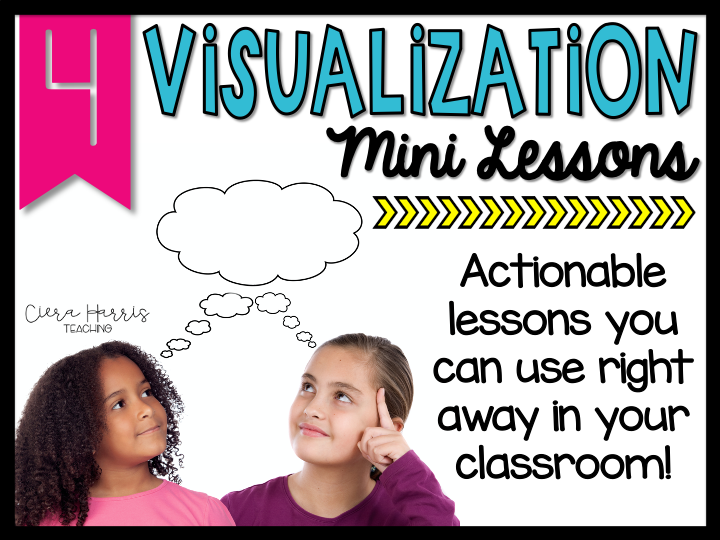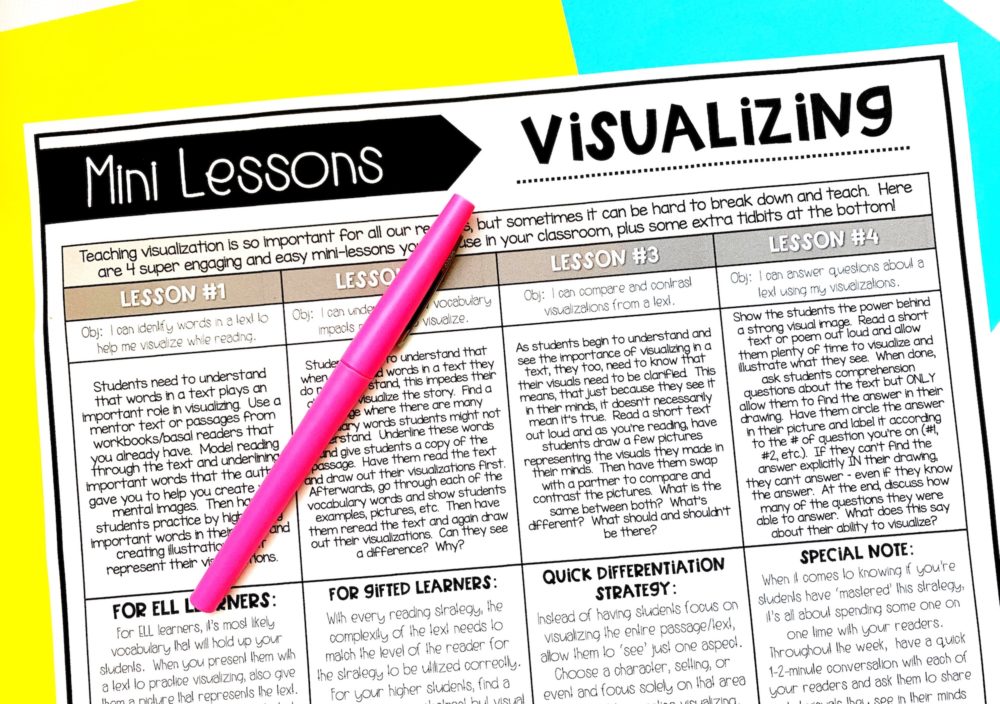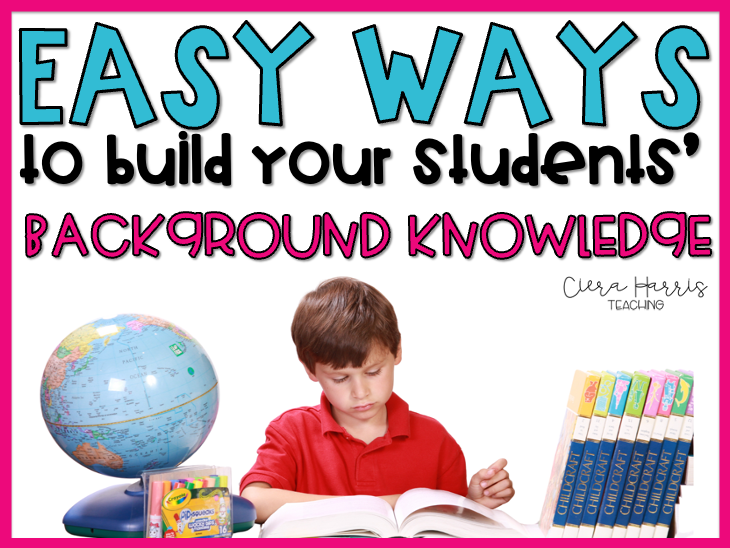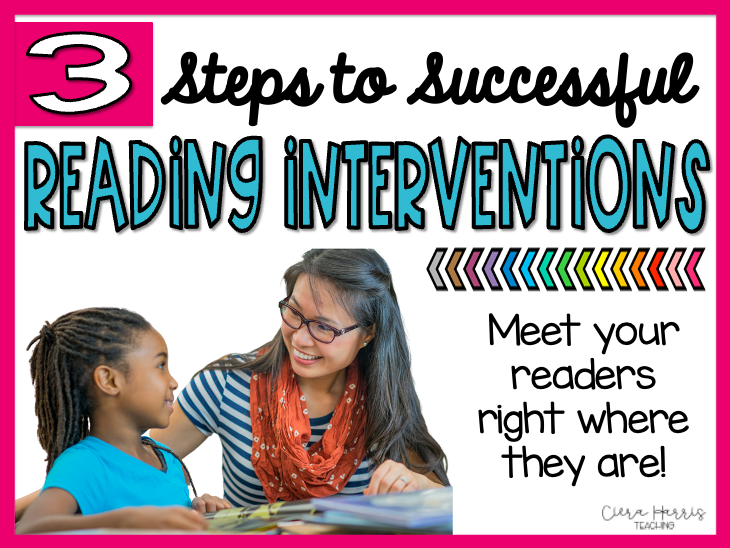Teaching visualization is one of the most important strategies students need to know. Albert Einstein once said, “If I can’t see it, I can’t understand it.” Think about that for a second. Think about how powerful the strategy of visualizing really is when it comes to students’ success with comprehension. How can do you teach someone to actually visualize? I’m sharing four of my favorite mini-lessons you can use in your classroom to help break down and teach visualization.

Mini-lessons are a great way to teach a skill or strategy in a focused and effective way. Each lesson only takes about 15-20 minutes and allows students to see a specific strategy ty try when they themselves are reading. If you’re looking for more mini-lessons make sure to check out my making inferences post as well!
Visualization Mini-Lesson #1:
Obj: I can identify words in a text to help me visualize while reading.
Students need to understand that words in a text play an important role in visualizing. Use a mentor text or passages from workbooks/basal readers that you already have. Model reading through the text and underlining important words that the author gave you to help you create your mental images. Then have students practice by highlighting important words in their text and creating illustrations that represent their visualizations.
Mini-Lesson #2:
Obj: I can understand how vocabulary impacts my ability to visualize.
Students need to understand that when they read words in a text they do not understand, this impedes their ability to visualize the story. Find a passage where there are many vocabulary words students might not understand. Underline these words and give students a copy of the passage. Have them read the text and draw out their visualizations first. Afterward, go through each of the vocabulary words and show students examples, pictures, etc. Then have them reread the text and again draw out their visualizations. Can they see a difference? Why?
Want to snag these mini-lessons on a printable with a few other tidbits included? Just enter your name and email below and I’ll send them right to you! These would be great to have on hand when you need a quick and fun idea!

Visualization Mini-Lesson #3:
Obj: I can compare and contrast visualizations from a text.
As students begin to understand and see the importance of visualizing in a text, they too, need to know that their visuals need to be clarified. This means, that just because they see it in their minds, it doesn’t necessarily mean it’s true. Read a short text out loud and as you’re reading, have students draw a few pictures representing the visuals they made in their minds. Then have them swap with a partner to compare and contrast the pictures. What is the same between both? What’s different? What should and shouldn’t be there?
Mini-Lesson #4:
Obj: I can answer questions about a text using my visualizations.
Show the students the power behind a strong visual image. Read a short text or poem out loud and allow them plenty of time to visualize and illustrate what they see. When done, ask students comprehension questions about the text but ONLY allow them to find the answer in their drawing. Have them circle the answer in their picture and label it according to the # of questions you’re on (#1, #2, etc.). If they can’t find the answer explicitly IN their drawing, they can’t answer – even if they know the answer. In the end, discuss how many of the questions they were able to answer. What does this say about their ability to visualize?
So which mini-lesson are you excited to try out? I love them all and hope that they are helpful! If you want to save this post for later, just pin the image below!






